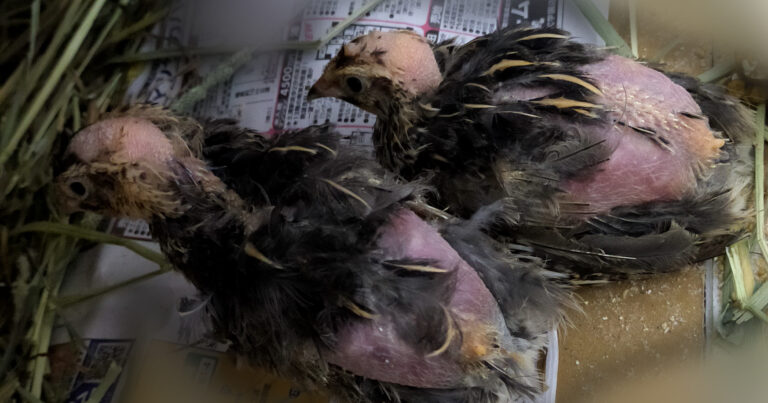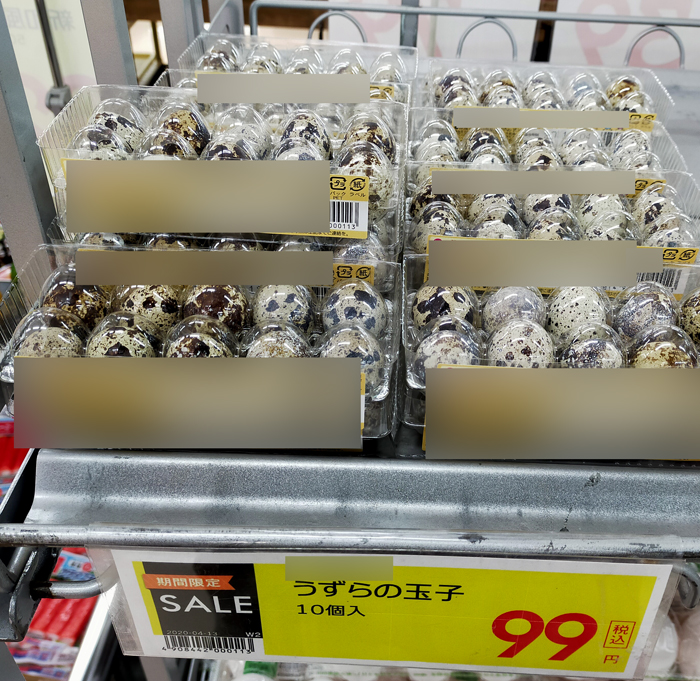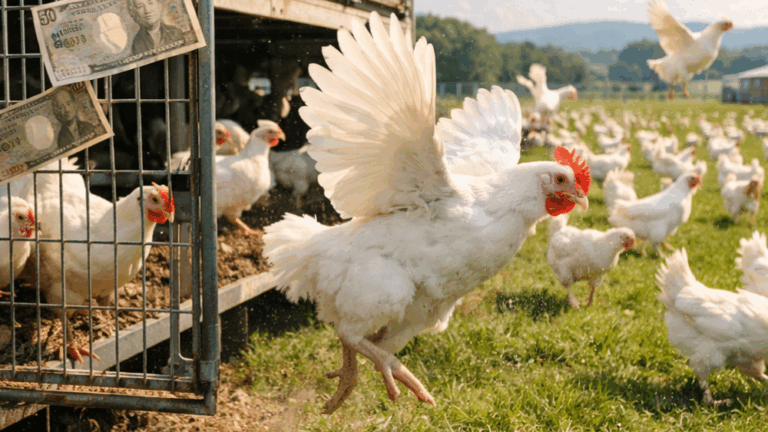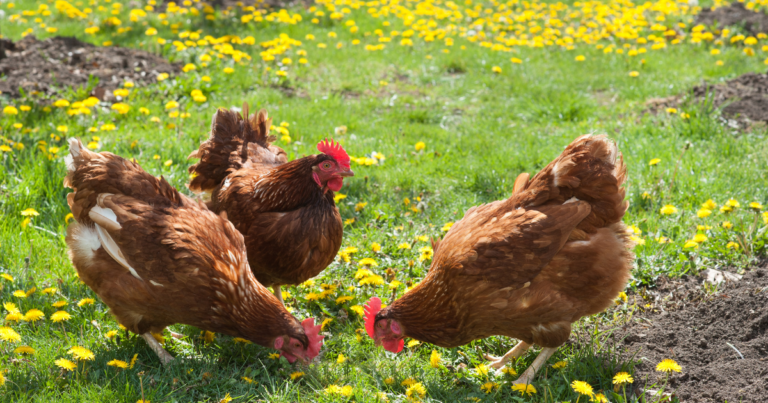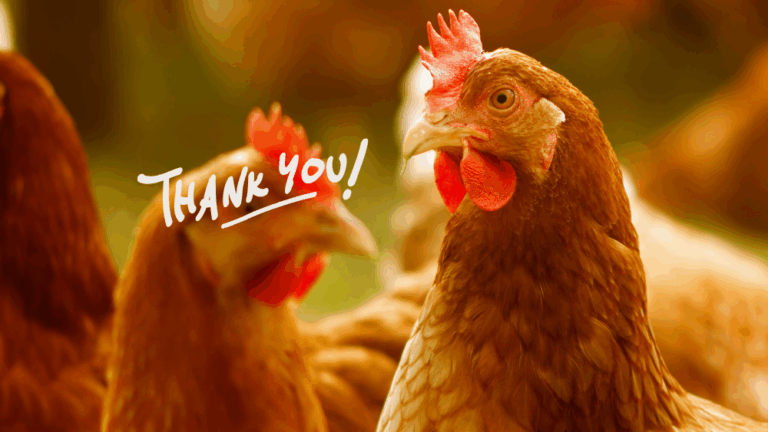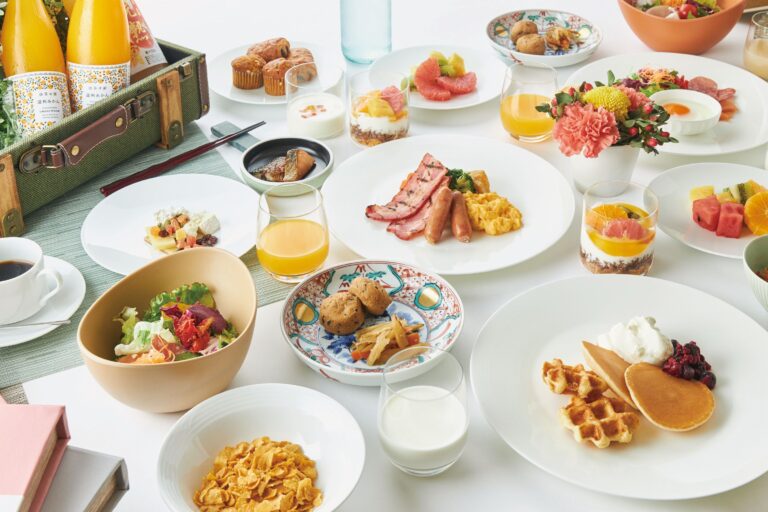Little quail eggs. Quails who lay these eggs are also very little. She was small enough to fit in the palm of my hand, and weighed only 100g when rescued.
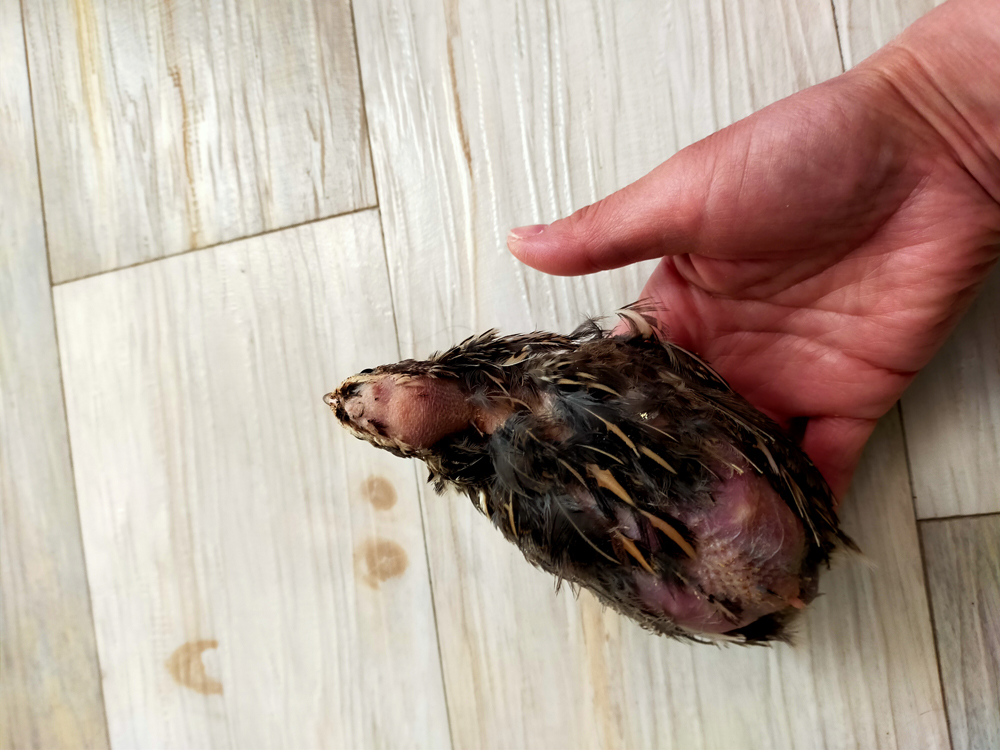 Rescued “waste quail”, Japan
Rescued “waste quail”, Japan
“Boiled quail eggs”, “flavored quail eggs”. Raw quail eggs are also sold at supermarkets. But how these quails are reared, probably not many people know. Actually the rearing method is the same battery cage as chickens, with wire mesh on all sides and wire mesh on the floor, which are tilted so that eggs can easily roll. There are no dustbathing or hiding areas.
Rearing methods for both quails and chickens are equally inhumane.
The photo is a “waste quail” who has just been abandoned.
Quails are killed after about a year when their “egg laying efficiency” drops. Quails to be killed after a year of use are called “waste quails”.
You can see from the photo how harsh lives they led for a year. They each weighed only about 100 g. Japanese quails for egg laying are said to weigh about 140 g. From the 100 g weight, one can guess how painfully they kept laying eggs every day.
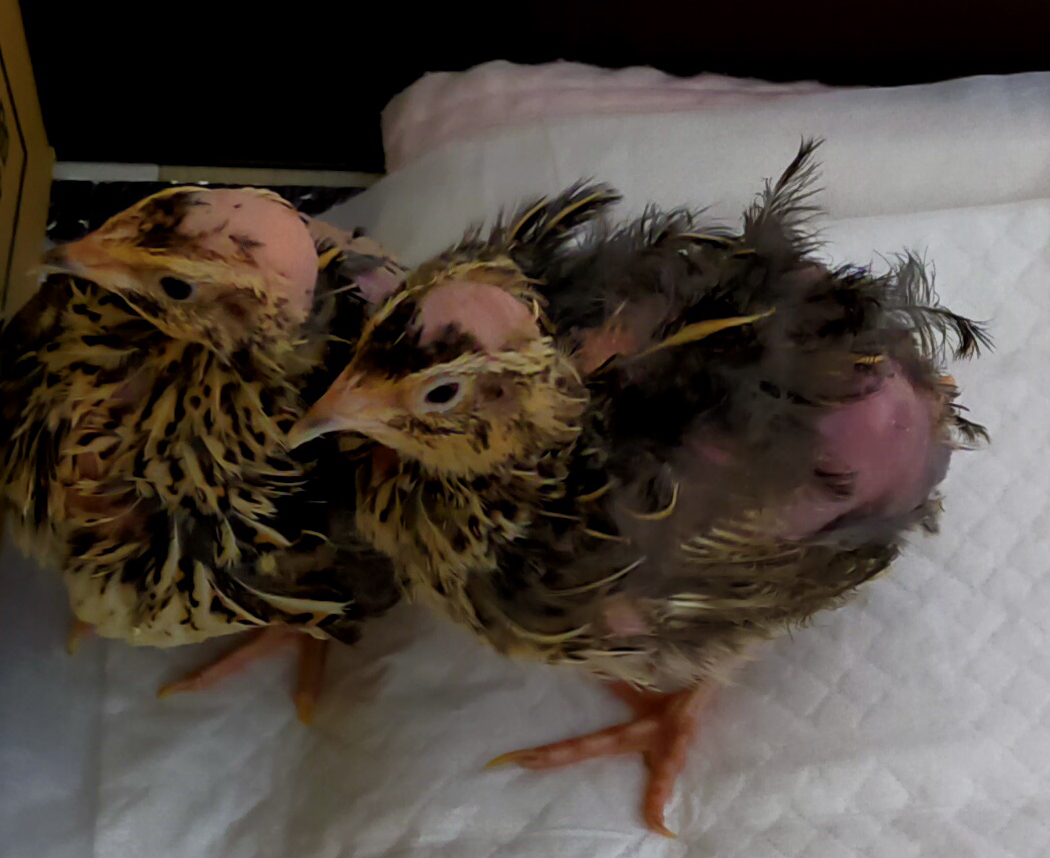 Rescued “waste quails”, Japan
Rescued “waste quails”, Japan
As shown in the photo, all the waste quails have their feathers worn out and the skins are visible. Some people may think that this is “molting”, but this is not molting. With molting feathers, the skin does not bald as if it was worn out uniformly without individual differences. There are many waste quails sold online as food for birds of prey. If you search for it, you will find that the skin is smooth and bald (chick quails killed immediately after being born are also sold by mail order, but please do not mistake them for waste quails. The chick quails who were killed immediately have more feathers.)
Why they get tattered like this becomes clear when we learn how quails have been reared.
About the photos from poultry farms:
Those labeled “Jo-Anne McArthur / We Animals” are from WE ANIMALS MEDIA, those labeled “Compassion in World Farming” are from Compassion in World Farming, each with permission. For photos from poultry farms within the country, you’ll find many including recent ones if you search on the internet, so please do search.
Quail rearing environment
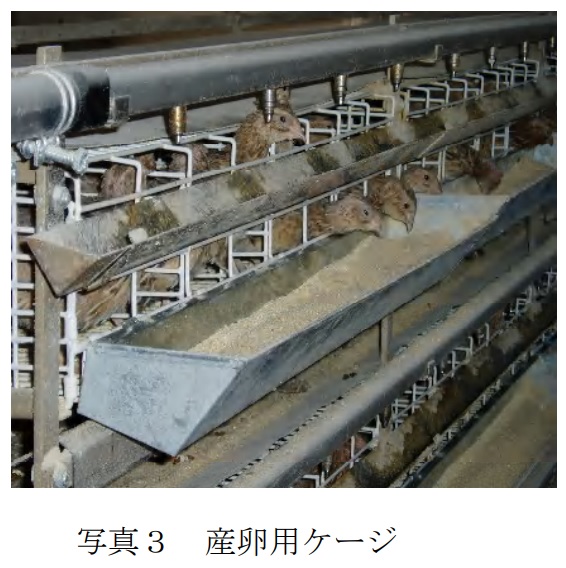
This photo is from Quail rearing hygiene management manual, November 2009, Aichi Prefecture.
Quails hatch and reach sexual maturity at 40-50 days of age and begin laying. The battery cage, which houses quails during the laying season, has the following specifications.
Rearing density, per bird
About 60-70㎠ (according to Aichi Prefecture Quail rearing hygiene management manual, 2009) (Some specify 90㎠)
This means they’re reared in tiny areas of about 8cm x 8cm to 9cm x 9cm per bird.
Number of birds per cage
Usually 30 birds accommodated (some 25 or 50)
How many tiers of cages are stacked
8-10 tiers of battery cages.
With over 9 tiers, they get higher than the workers, making it difficult to manage. Especially with numerous quails weighing about 140g each, even daily visual checks must be difficult.
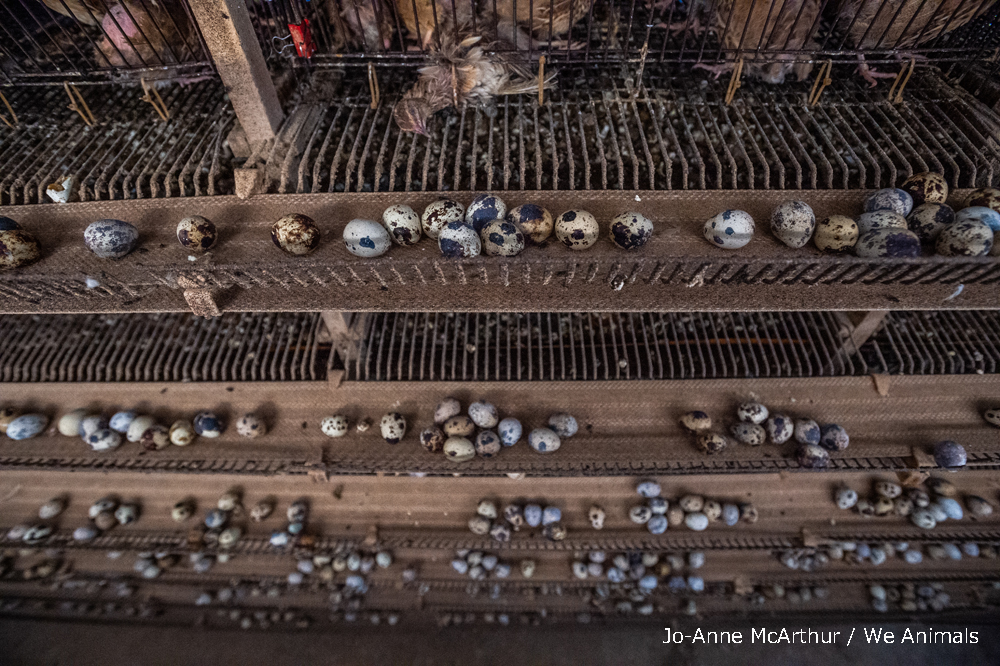
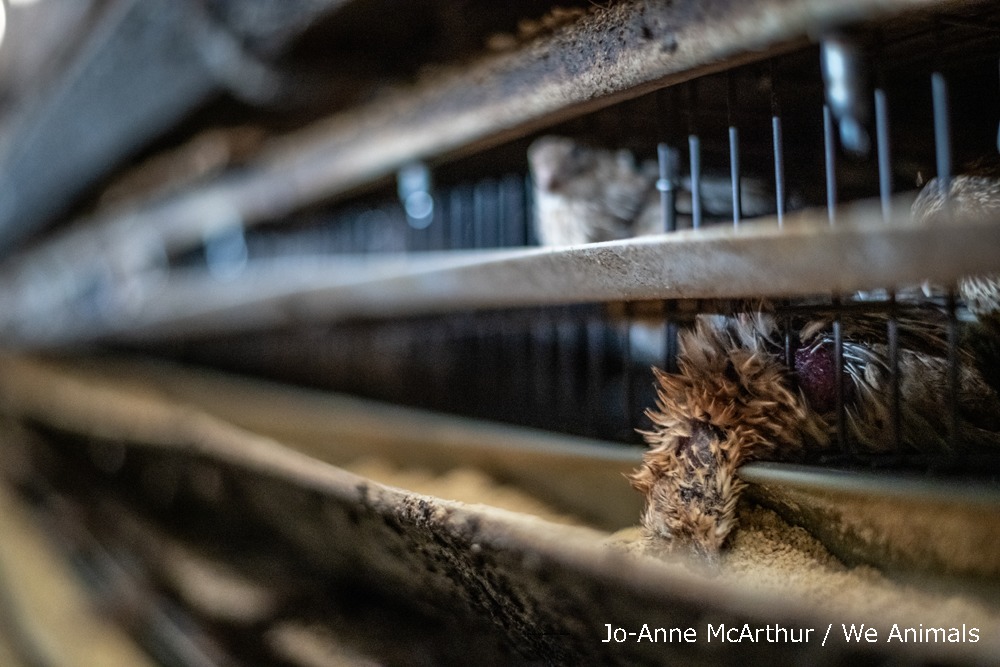 An industrial quail egg farm Taiwan, 2019
An industrial quail egg farm Taiwan, 2019
Cage height
Usually 12㎝ (according to Aichi Prefecture Quail rearing hygiene management manual, 2009) However, because the cages are tiled, some areas are 11cm high, while others are 15 cm. (Some poultry farms afford higher ceiling heights like 20cm.)
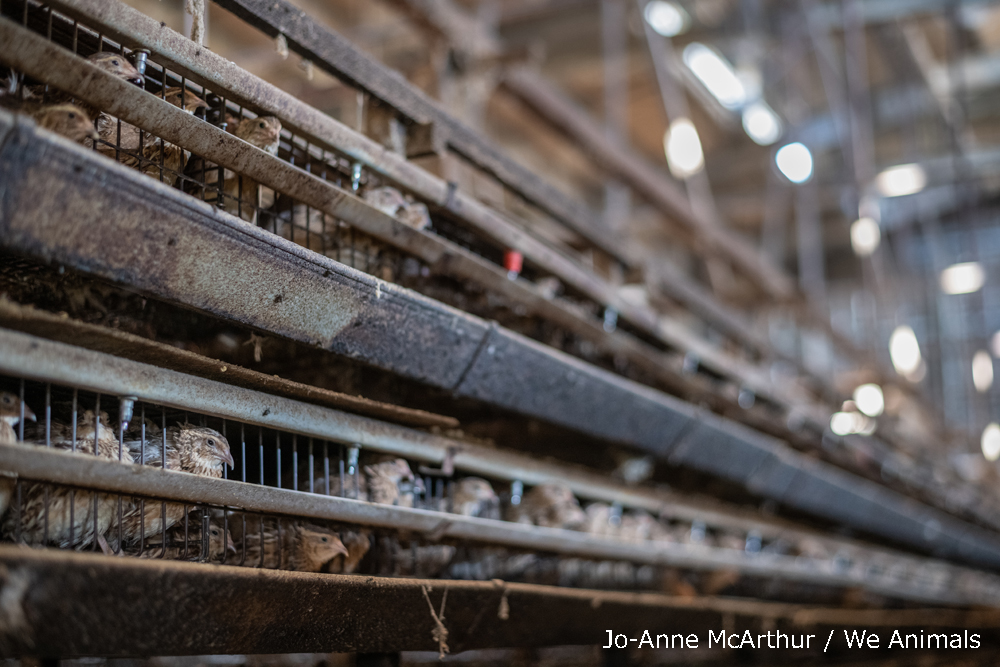
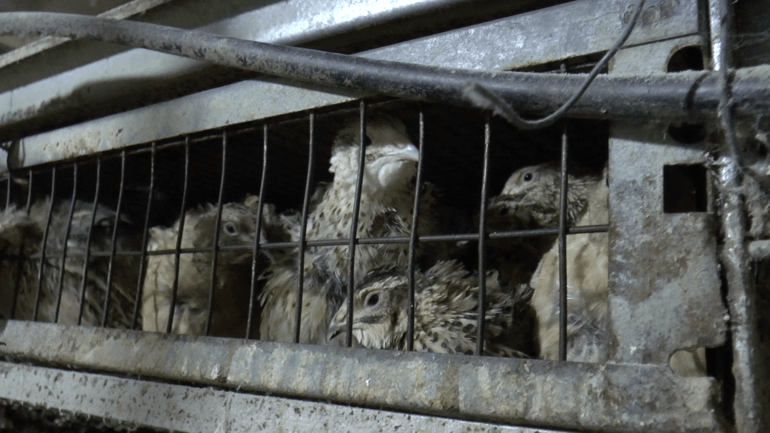
Poultry farms in Europe, 2015-2016 ©Compassion in World Farming
Size of the wire mesh flooring
About 1.8㎝×1.5㎝ (at one poultry farm. Unknown about other farms) Considering that the quail toes are about 3cm long, the mesh is too big compared to the feet.
Tilt of the floor
About 4-8°. The floor is sloped so that the eggs can roll easily, just like with the chickens. Naturally, being forced to live on a slanted floor for their entire lives is harsh for the quails.
* The “quail rearing environment” is a compilation of information collected by the Animal Rights Center Japan. Please note that the specifications of the battery cage are slightly different for each quail farm, so some quail farms may differ from what’s indicated.
They hit the ceiling jumping
We note that the height of the cage is “usually 12 cm”, but this is ridiculously low. If they stand and extend their necks a little, they would immediately hit the ceiling. The reason for the low ceiling is “to prevent jumping”.
Wild quails “migrate”. Quails that have been “domesticated” from the wild are also highly capable of flying. They may hop 3-4m, or they may fly about 20m in distance. In addition, quails remain wild and difficult to get used to people, and when a person enters the barn, they frighten and flutter their wings and jump. At that time, if the ceiling is high, they may hit their heads and get injured. The ceiling is unusually low to prevent this. However, at such a low height, even the normal action of “extending the neck” is not possible. Since “jumping” is one of the normal behaviors of “flying” quail, not being able to do that is a problem.
And while lowering the ceiling may have prevented them from jumping and hitting their heads and getting hurt, they still get frightened and try to escape. The uniform baldness of the abandoned quails’ heads may not be unrelated to the repeated hits on the ceiling.
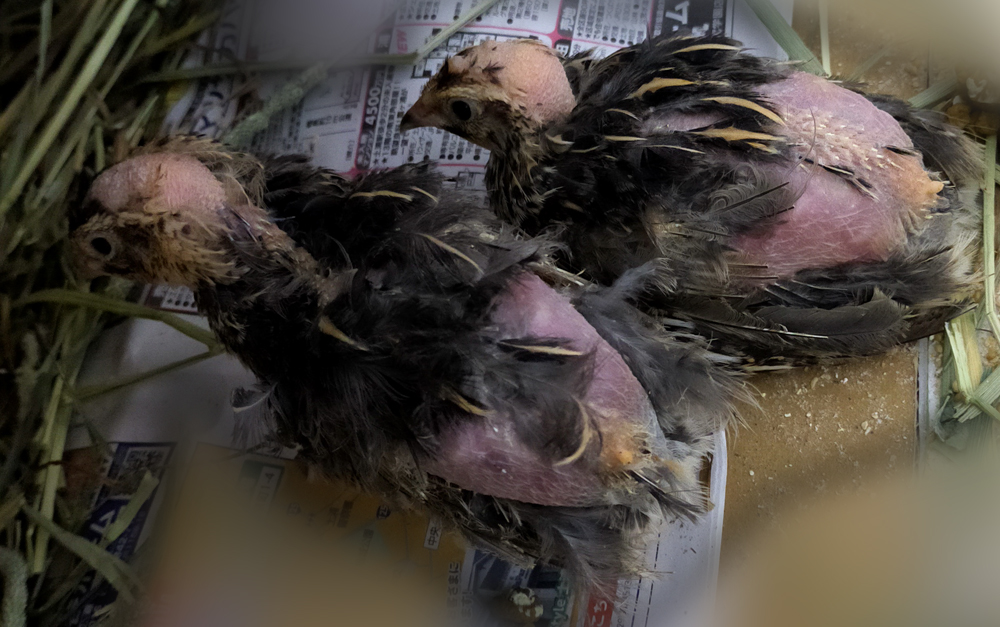
Rescued “waste quails”, Japan
Selective breeding of quails
Quails have been selectively bred to lay more eggs, just like chickens. What’s different from chickens is that, while most of the chickens in the world are produced by selective breeding by Hendrix Genetics of the Netherlands and EW Group (Erich Wesjohann Group GmbH) of Germany and supplied from there to poultry farms in Japan and around the world, Japanese quail selective breeding has been carried out within Japan.
As a result of turning wild quails into poultry and improving productivity for the purpose of egg laying in the Meiji era, Japanese quails have significantly higher laying performance than quails overseas. One female lays as many as 250 eggs a year. The prolific Japanese quails are attracting attention overseas, and are exported to many countries such as China and Brazil, where they are bred in large numbers.
250 eggs a year. Considering that wild quails lay only about 7 to 12 eggs a year, we can see how the selective breeding has been carried out in pursuit of the number of eggs laid. Selective breeding in pursuit of laying rate must also be related to the bald and tattered feathers of the waste quails. Because they have to excrete large amounts of necessary calcium with the eggs.
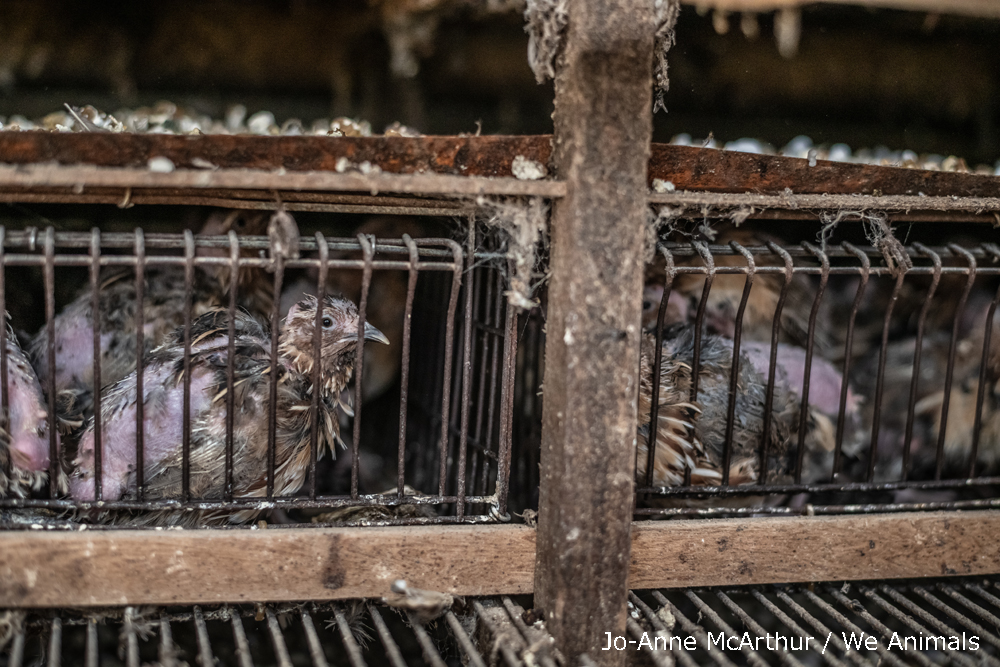
They must keep laying unusually large eggs compared to their bodies.
Adult quails weigh about 140g, while the eggs laid are 10-13g each. This means that the weight ratio is 8% or more. This is like a woman weighing 50 kg continuing to give birth to a child weighing 4 kg or more every day.
In the case of chickens, the weight ratio of eggs is 3-4%, so in comparison, you can see how much the quails are burdened.
(It’s not easy for the chickens, either. Egg layer hens have undergone more thorough selective breeding than quails, maximizing their ability to lay eggs, which imposes a strain on their bodies’ metabolism, resulting in osteoporosis and associated complications. Chickens are suffering from production ailments like bone fractures. The enhanced egg-laying ability also increases the risk of genital disorders in chickens.)
Why they bald so badly
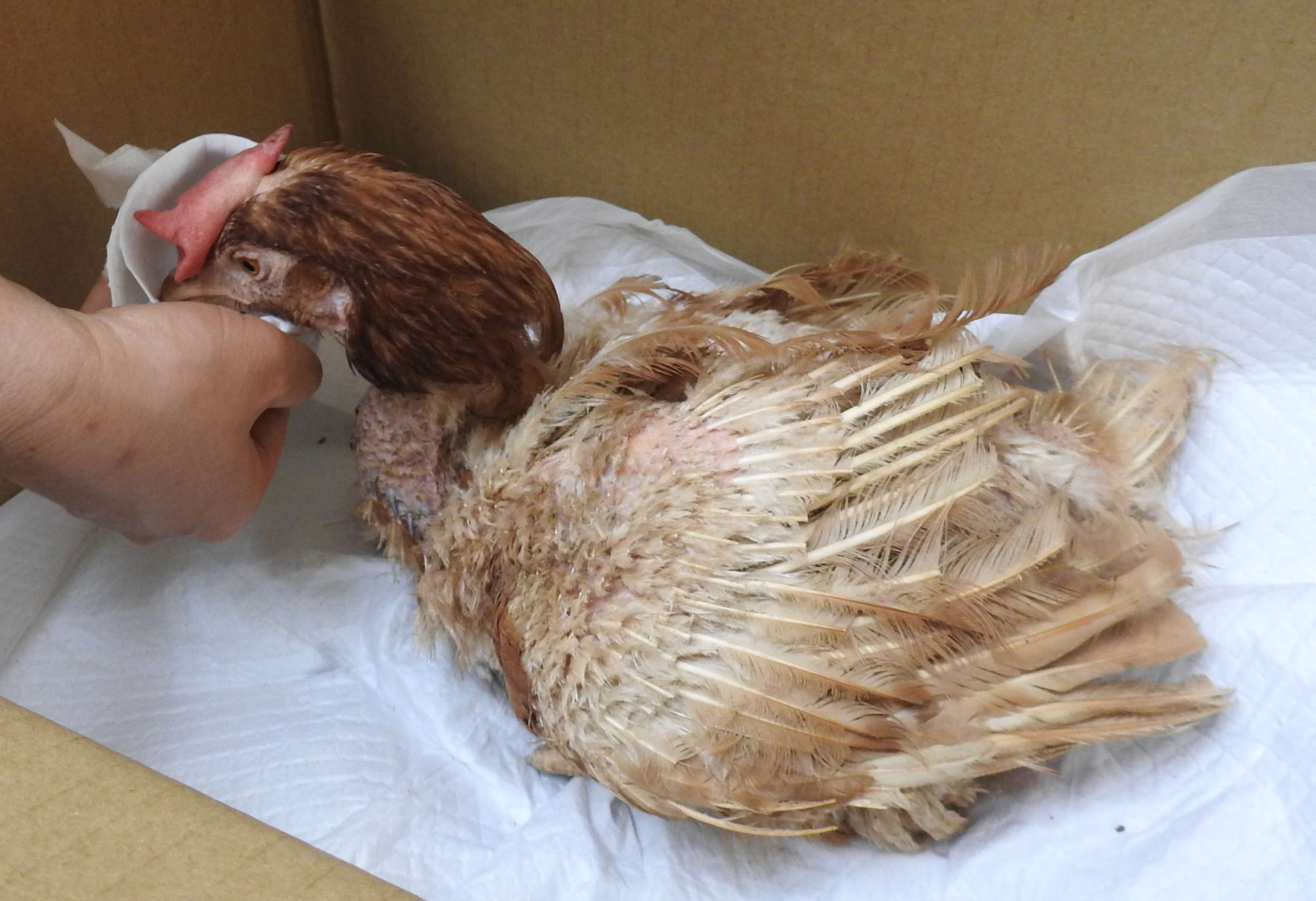
Chicken rescued from a battery cage (Japan, 2016) She was wasted like quails.
Egg-layer chickens are also bald and tattered at the time of shipment (when productivity drops and they are slaughtered). The possible factors are:
- Selectively bred to lay more eggs, they are depleted of necessary calcium.
- Due to “light management” in the poultry shack, they’re forced to lay every day. In the natural world, the shorter the light time, the less laying. However, light management is performed because it’s not acceptable for the hens to lay or not lay according to the natural cycle of their bodies.
- They can’t dry their feathers with sun light.
- They can’t keep their bodies clean with dust bathing.
- Inside battery cages that don’t allow any of their desired behaviors, they peck at their own feathers or others’ feathers from stress.
Including light management, all 5 factors apply for quails. Additional 3 factors particular to quails:
- Large eggs compared to their bodies
Laying such large eggs daily depletes them of much calcium. - Rearing in high numbers
Compared to chickens reared in 2 or 9-10 per cage, quails are reared in 30 (or sometimes 50 per cage. Stress must build up and mutual pecking will become more intense. Even if not as fierce as males, they could peck at weak quails from stress. This is another factor that causes feather loss. - They jump.
As mentioned above, quails are migratory, so they have a high ability to fly. When a person enters the barn, when poked by another quail, or when there’s a loud noise, quails frighten and try to escape. This way, they must keep hitting the bodies against the ceiling and the wire mesh on all sides and get bald.
There are more than plenty reasons quails get tattered.
Males are trashed
Quail chicks hatch in about 17 days. If a male hatches, he will be killed in the same way as a male egg-layer chicken. The inhumane killing method is no different from that of male egg-layer chickens. Immediately after birth, male quails are placed in plastic bags and suffocated to death, and then mixed with compost as they are, used as feed for raptors in zoos, or sold as food for birds of prey (on the mail-order site, freshly born frozen quail chicks weighing about 7g are on sale).
Still wild
Many wild attributes remain in quails. This could be another factor that causes quails to suffer in battery cages. Quails are very cautious and difficult to get used to people. I have rescued chickens several times before, but none of them were extremely scared of humans, and after a week or so, they become accustomed to feeding and beg for feed. But the quail was different. Even after a few weeks following the rescue, when someone approached, she jumped up and ran away looking for a hiding place. When people were watching, she stopped eating and ran into the hut. When I picked her up to move her, she kicked my palm with her foot and jumped up about 1m and escaped.
Quails are said to be susceptible to inbreeding degeneration (reducing fertility and developing unfavorable traits if inbreeding continues), and have regularly been introduced from other farms to maintain genetic diversity. The retention of flying abilities like wild quails and the unfamiliarity may be related to the fact that they were not bred as abnormally as chickens. Thanks to some restriction on selective breeding to avoid inbreeding, quails may have been able to avoid the suffering of production disorders compared to chickens. However, because of the remaining wildness, being placed under the control of human beings and being deprived of their freedom of normal behavior throughout their lives is a major cause of suffering.
If the quails were a little bigger, they probably wouldn’t have been domesticated. It is inconvenient for humans to domesticate animals that are so jumpy and frightening and have a strong rejection of humans. However, quails are as small as 140g. Since they were so small, it must have been easy to control no matter how scared and violent they become.
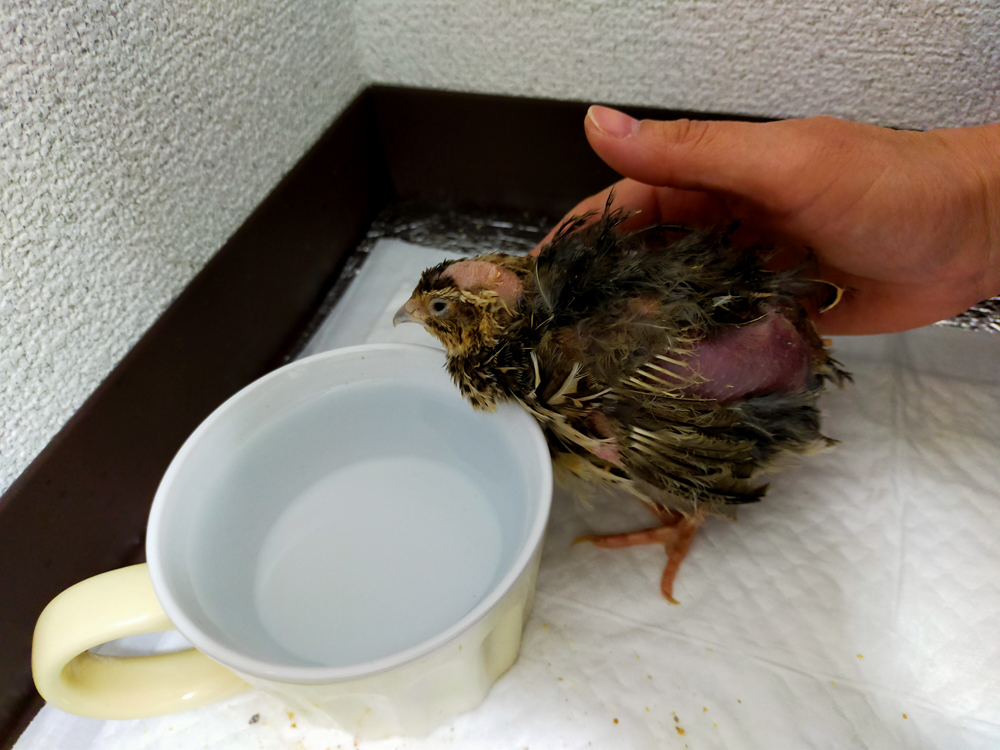 Rescued “waste quail”, Japan
Rescued “waste quail”, Japan
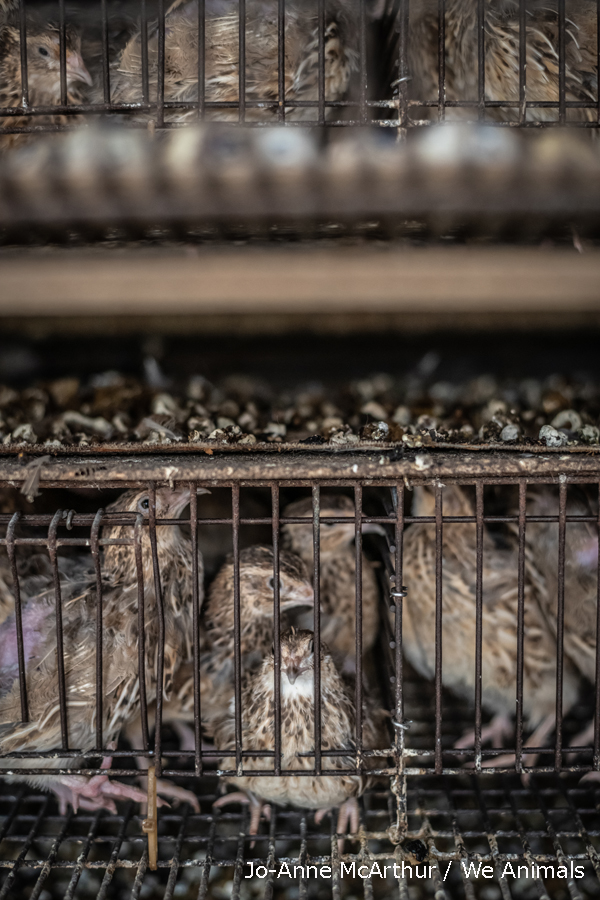
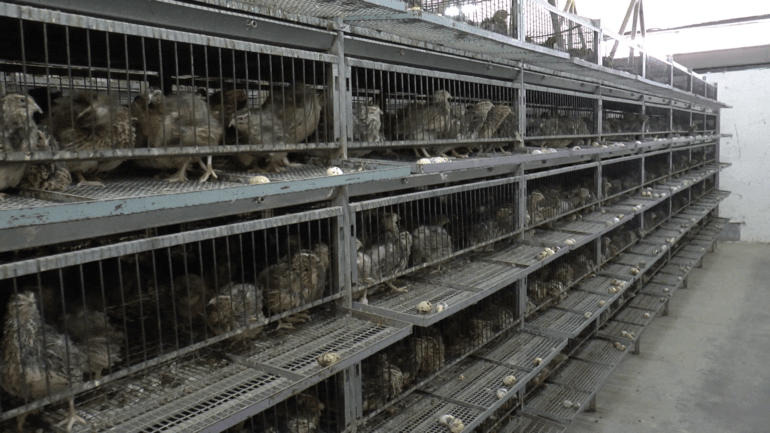
Poultry farm in Europe, 2015-2016 ©Compassion in World Farming
Culling
The culling mentioned here is not the culling when shipping as “waste quail” in the first year of life. It’s about daily culling. In the case of chickens, chickens who cannot lay eggs and chickens who cannot stand are eliminated every day.
However, in the case of quails, this daily culling is not often done. As mentioned above, the cages are stacked in 8-10 tiers, making it difficult to see, and in addition to the high-density rearing of a large number of birds, bodies are very small compared to chickens, making it difficult to visually check. It’s hard to notice even if someone is dead. As a result, quails may have to live in cages with carcasses for extended periods of time.
In rare cases, they may be culled. One quail farm kills quails to be culled by taking them out of their cages and throwing them to the ground. After that, they are put into compost.
Slaughter methods: what happens after slaughter
Slaughter methods are inhumane.
- Suffocation or crushing in bags
- Drowning in water
- Breaking the spine
- Gassing
Gas killing is better among this, but they do not use equipment specializing in slaughter that can measure the gas concentration, just like killing in the case of bird flu, just injecting gas roughly without confirming life or death. (In the first place, carbon dioxide alone is not euthanasia. If an inert gas like argon is not used, they are likely to experience great suffering.)
Suffocation, crushing, drowning, and breaking spines are out of the question.
The quails who were trapped in battery cages and were finally killed in a murderous manner in this way are then sometimes sold as raptor feed or zoo feed, or they go through fermentation to become fertilizers.
“Waste quails” sometimes get sold as meat, but that’s rare. Quails are tiny. One can get only little meat from them.

Number reared in Japan
As with other livestock animals, the number of quails raised per farm has increased compared to the past. In some cases, one building has 50,000 birds, and one quail company could rear 500,000 birds.
However, it appears that the popularity of the quail industry is dropping year by year.
The number of birds reared nationwide was 8.46 million in 1984, but in 2008 it was about 5.89 million, and in 2018 it decreased to about 4.44 million. The number of rearing farms was 1,556 at the peak in 1974, but decreased to about 100 in 1994 and to about 30-50* in 2018.
* An estimate. The number of birds reared nationwide in 2018 is 4,400,178. Aichi Prefecture, which has the largest number of quails reared in Japan and has a 60% share of the national market, has 2,422,442 quails reared in 2019, with 27 farms. Since there is no data on the number of farms nationwide, the estimate was from these figures.
Are quail eggs necessary?
Do we really need the 10g of eggs that these little birds lay from their bodies? It’s a simple story, but without the demand for quail eggs, quails don’t have to be treated like this. Sorry to all the producers who make a living from quail eggs, but each and every ethical choice not to support a cruel industry can save quails from suffering.
Replace with chicken eggs?
Some people may decide to stop using quail eggs and replace them with chicken eggs, but changing to chicken eggs is still cruel. This is because more than 90% of Japanese poultry farms (almost 100% in terms of the number of eggs) are battery cage eggs, which are the same as for quails. Choosing cage-free eggs will reduce the suffering much more compared to battery cages. The battery cage is nothing more than a torture device for birds. However, even if one chooses cage-free eggs, one is still involved in abusive treatment. Even if cage free, one cannot avoid severe selective breeding, slaughter of males, cutting of beaks, poor rearing (factory-type cage-free rearing, overcrowded, dim, with mesh-floor is not uncommon), inhumane culling, and inhumane slaughter.
Bird flu is now widespread in Japan, and the number of chickens slaughtered is about to reach 6 million (as 2021/1/13). Chickens are not the only birds slaughtered by bird flu. In Toyohashi City, Aichi Prefecture, where quail farms are thriving, highly pathogenic avian influenza infection was confirmed at seven quail farms from the end of February to the beginning of March 2009, and about 1.6 million quails were slaughtered.
If a poultry with bird flu is found, the entire barn will be culled without inspection of each bird. And the national budget is used for the enormous cost related to the culling. Compensation for killed poultry alone can be enormous.According to the rules of the Domestic Animal Infectious Diseases Control Law, a poultry company is paid an allowance for each chicken killed, and the maximum amount per chicken is 800 yen (200 yen for quail). At the end of 2020, 1.14 million chickens from a poultry farm in Isumi City, Chiba Prefecture were slaughtered, but in this case, if the maximum amount is paid, 912 million yen will go to this poultry farm from national budget.
Is it worthwhile to maintain an industry that continues to despise life by repeating the cycle of killing and spending national budget and killing and spending national budget for more than a dozen years?
Quitting eggs is not that difficult. There are tons of recipes that don’t use eggs. Imagine how miserable the economically used “poultry” are. We hope you will choose not to take part in the suffering.
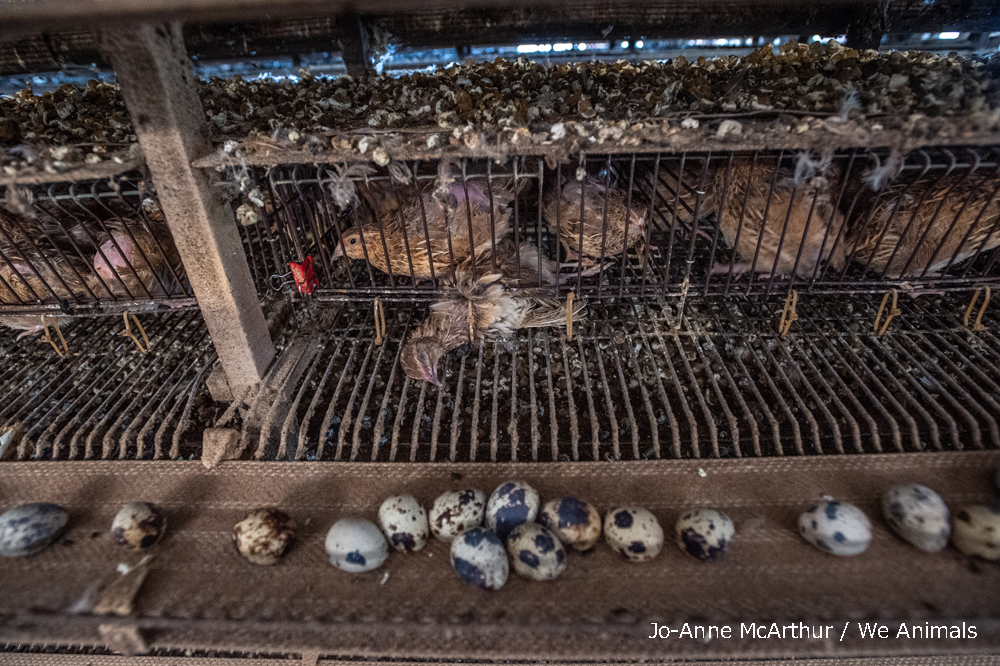 A dead quail still in her cage on the top row of cages at a farm. Taiwan, 2019.
A dead quail still in her cage on the top row of cages at a farm. Taiwan, 2019.
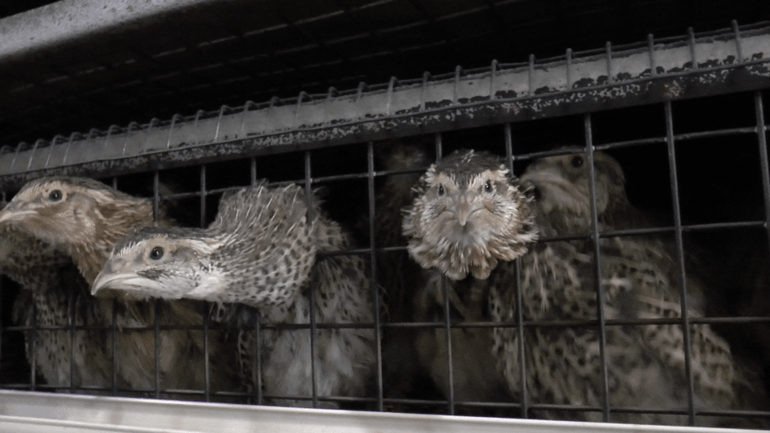
Poultry farm in Europe, 2015-2016 ©Compassion in World Farming
References
Chapter 2, Information on quail ecology and rearing, MAFF
Quail rearing hygiene management manual, Aichi Prefecture, Nov 2009
Photos:


